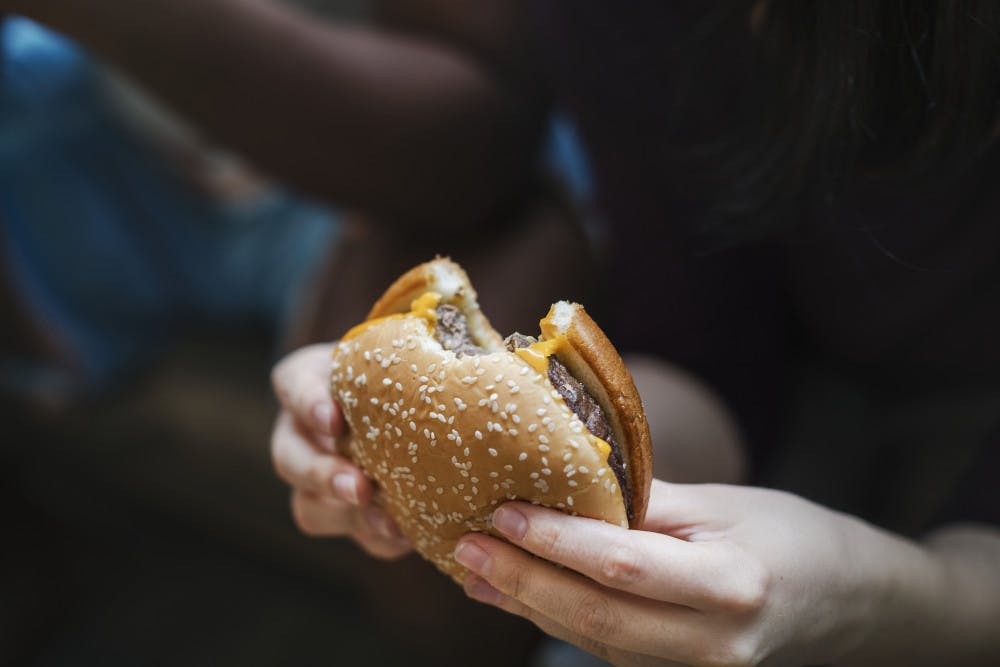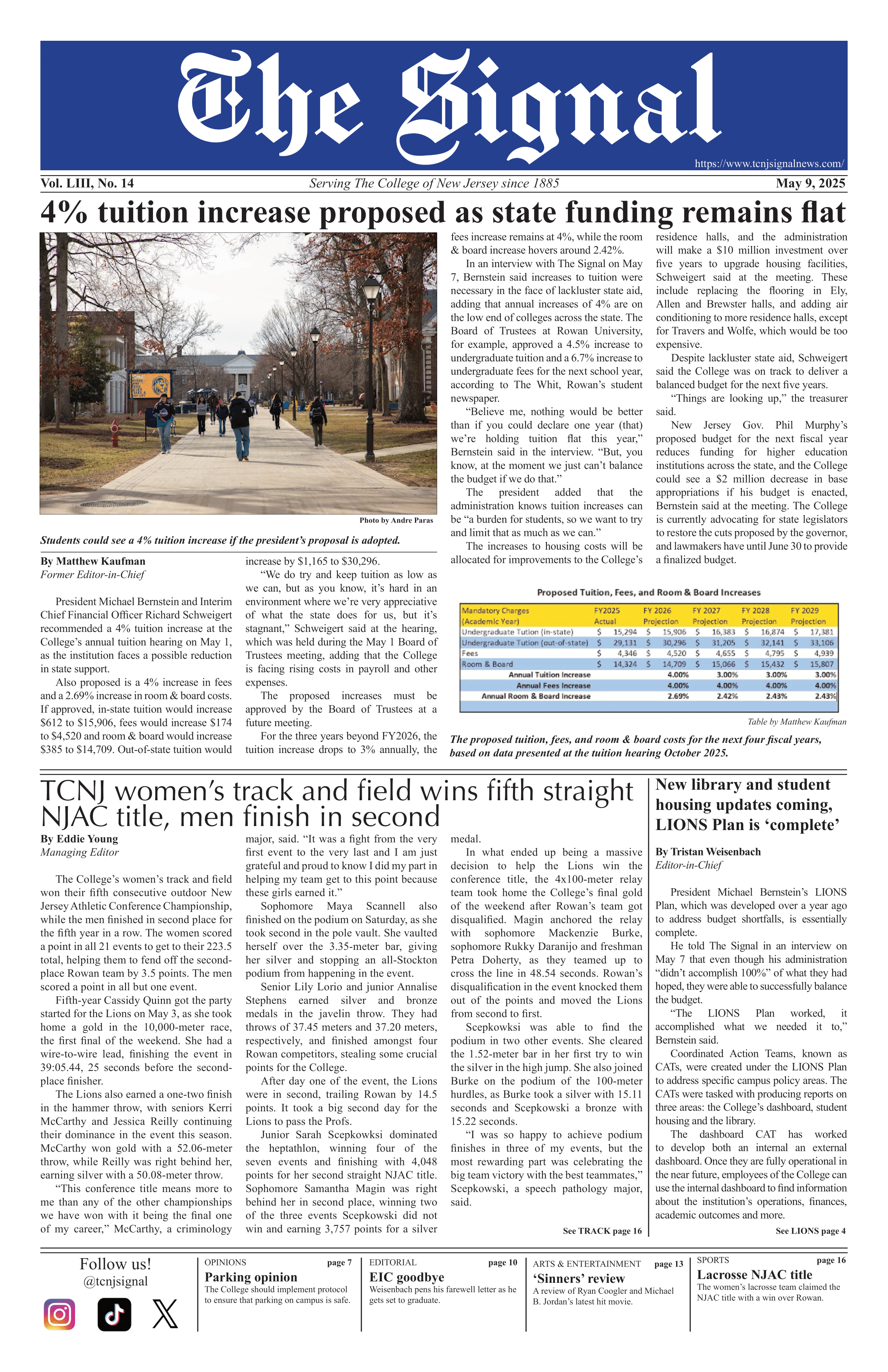By Deanna Amarosa
Correspondent
While discussing health inequalities in my epidemiology class, I was reminded of the times I’ve heard statements like, “being healthy is a choice,” “fat people choose to be fat” and “everyone has an equal opportunity to be healthy.”
One semester of classes as a public health major at the College has proved to me that these statements are simply untrue.
While the U.S. might seem like the land of equal opportunity, life expectancy gaps between places short distances away from each other have skyrocketed. The New Jersey cities of Princeton and Trenton are 13 miles away from each other, but the life expectancy of a Trenton resident is 14 years lower than a resident of Princeton, according to The Robert Wood Johnson Foundation.
This gap is even worse in cities like Baltimore, where a 20-year life expectancy gap is separated by short walk down the street to a wealthier neighborhood within the same city, according Michael Marmot, professor of epidemiology and public health at University College London.
The solution to this inequality is not as clear as it may seem. You may think that impoverished Americans can just use government aid programs like food stamps and Women, Infant and Children checks to help supplement the higher cost that comes with eating healthy, but these programs are often not enough.
Many Americans live in areas where there are no nearby grocery stores stocked with healthy foods. A car can be too steep an expense to afford, so their only options are to use public transportation or walk to far away supermarkets.
These options are not ideal for carrying full bags of groceries, and would take a lot of time out of their day which would likely otherwise be devoted to working a minimum wage job. It is much easier, quicker and cost efficient to walk down the street and go to the local corner store or fast food joint — a sad reality that contributes to the growing health disparity in the U.S.
This lack of healthy food, however, cannot be solely to blame for the life expectancy gap, as low-income are frequent hotbeds for violence and civil unrest.
Since it is common to hear about incidences of gang violence or police brutality in poorer areas, residents are facing constant stress that is absent from neighboring wealthier areas. This stress builds and takes a toll on their health, and can contribute to high blood pressure, heart disease, obesity and diabetes.
Some residents in poorer neighborhoods are pressured into dropping out of high school to devote their time to partaking in illegal “street” activities that provide fast money and instant clout with peers.
This lifestyle that provides fast money comes at a price — a shorter lifespan. Due to more frequent violence, more residents in urban areas are killed at younger ages, contributing to the life expectancy gap.
Since education levels are lower as well, high-paying jobs are elusive, so members of this population often lack health insurance and health management services, putting people of a lower socioeconomic standing at further disadvantage.
We are very lucky to be at the College, but it often shelters us from the lack of opportunity that others face a few miles away in Trenton. Everyone should open their eyes to the world around them before assuming that being healthy is a choice that is equally feasible for all.
"It is harder for some because of the lack of grocery stores with healthy options in urban areas."









